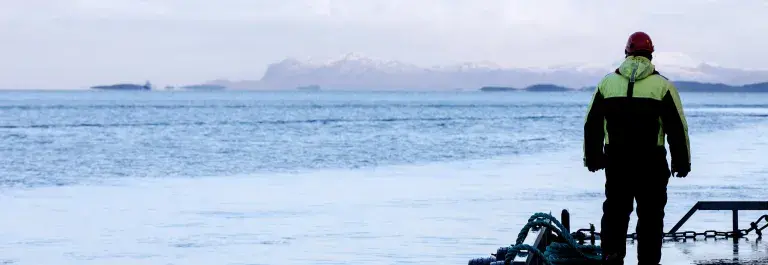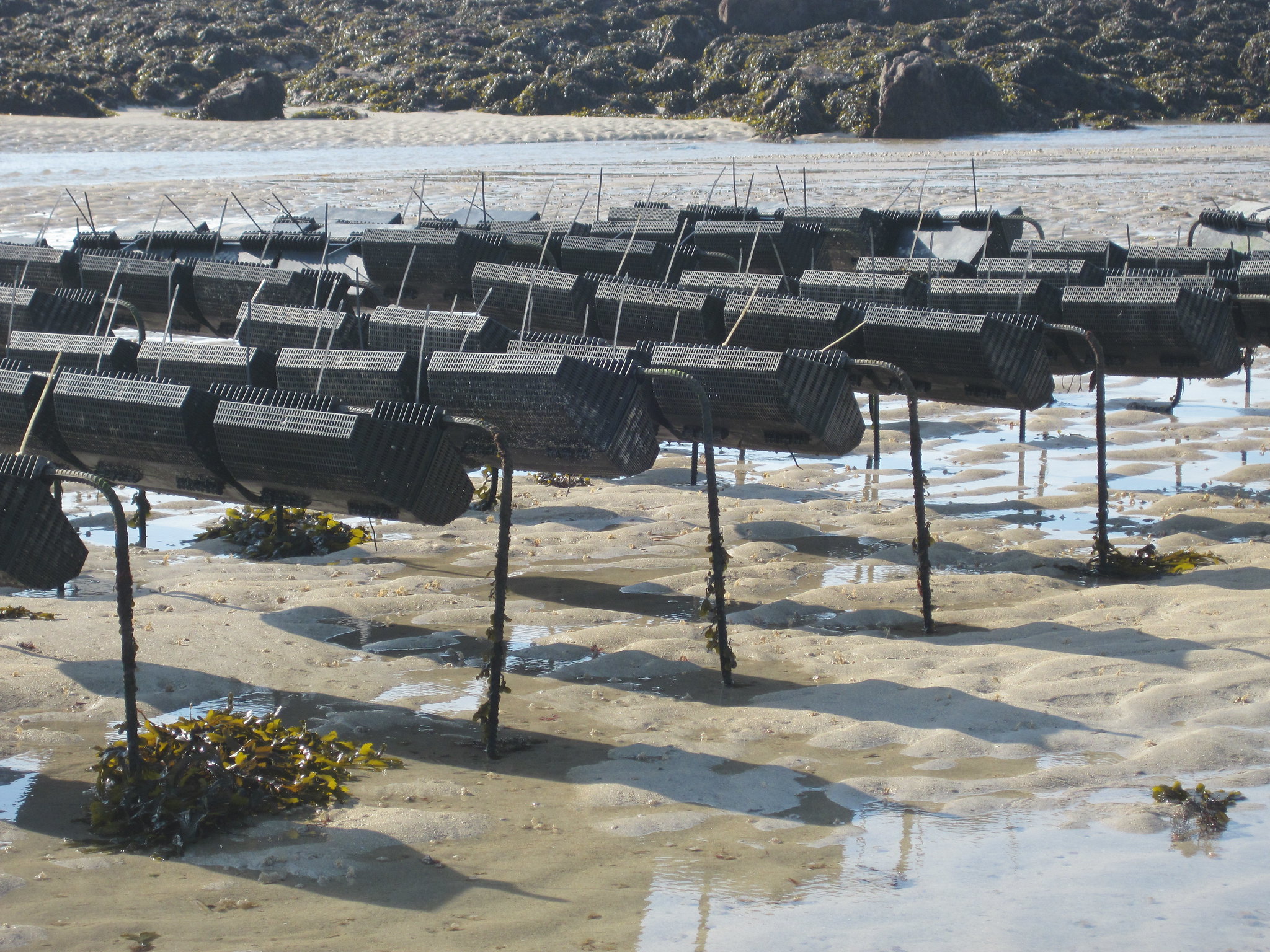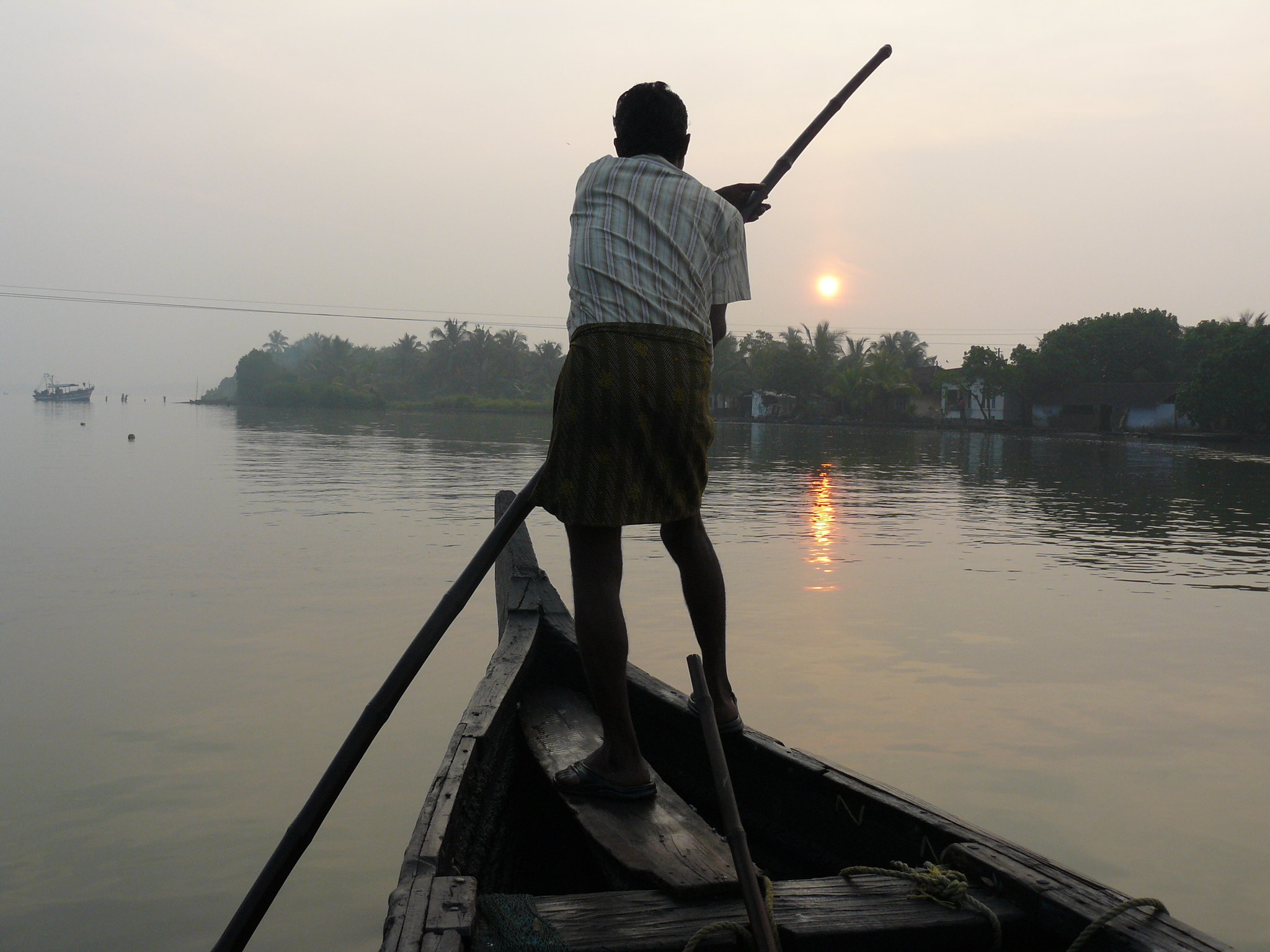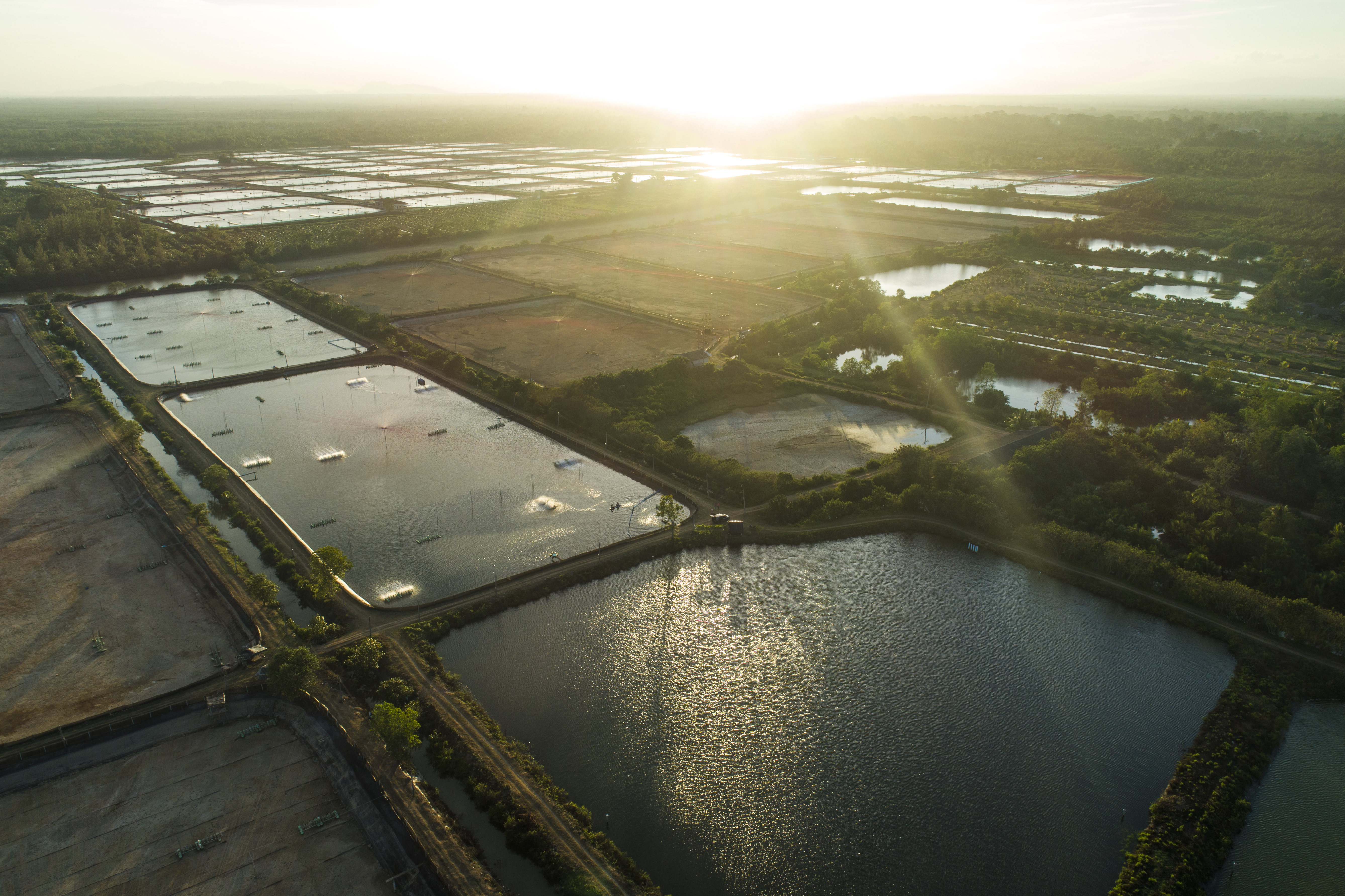Aquaculture improvement projects (AIPs) have recently emerged as a new form of market-based and non-state governance in the aquaculture sector (Bottema, 2019). They embody multi-stakeholder efforts that leverage the influence of the private sector to drive improvements in aquaculture production and ensure that these changes endure through improved policy and management strategies (Sustainable Fisheries Partnership (SFP), 2019). Distinctive of AIPs is to operate within a specified area defined by the shared use of a waterbody to address the cumulative impacts and shared disease risks affecting aquaculture – an approach often referred to as zonal management or a landscape/jurisdictional level approach (FAO, 2022).
The paper is based on a comprehensive literature review and four empirical cases illustrating different experiences with improvement projects in and beyond aquaculture. The paper first identifies the main characteristics of AIPs and introduces the concept of “incentives”, before reviewing the different incentives at play for engaging producers and other actors in improved production practices through certification or participation in AIPs. How claims can be attached to products coming from AIPs is discussed in Section 5. Finally, the paper discusses how different characteristics of AIPs create diverse incentives for different actors and makes suggestions about how to unlock incentives for actors to encourage more broad-based participation.




